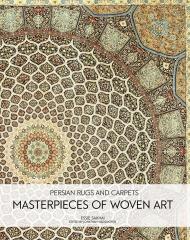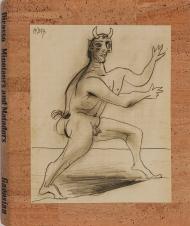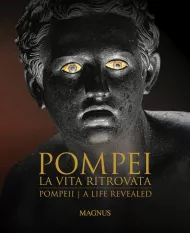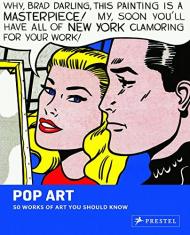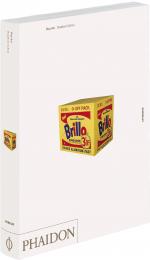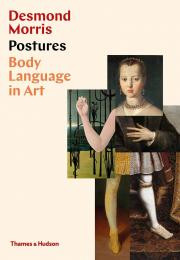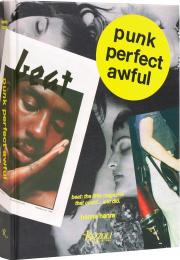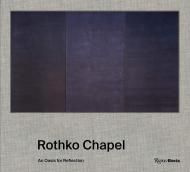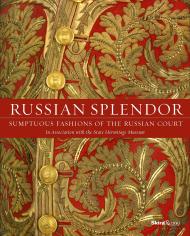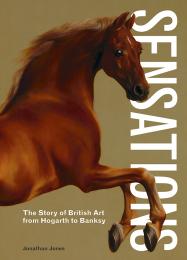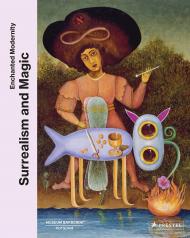Цей широкий огляд модернізму — найяскравішої творчої епохи Парижа — охоплює всі сфери: архітектуру, мистецтво, дизайн, розваги, моду, кіно, літературу та фотографію.
Життя та творчість митців у кожній творчій дисципліні перетворили Париж на тигель сучасності у першій половині ХХ століття. Профілі вісімдесяти восьми впливових митців, дизайнерів, фотографів, архітекторів, письменників та особистостей, включаючи Габріель Шанель, Ейлін Грей, Жана Пруве, Пабло Пікассо, Тамару де Лемпіцку, Соню та Робера Делоне, Брассаї, Мана Рея, Роберта Малле-Стівенса, Шарлотту Перріан, Ле Корбюзьє, Адольфа Лооса, Вальтера Бенджаміна, Жозефіну Бейкер, Жана Ренуара, Гертруду Стайн та інших — підкреслюють безмежну творчу енергію та оптимізм, що пронизували Місто Світла на цьому ключовому історичному етапі.
Багато ілюстровані алфавітні статті з перехресними посиланнями на суміжні теми доповнюються шістьма тематичними есе про кіно, моду, графічний дизайн, житло, живопис та міське планування. Портфоліо оригінальних сучасних фотографій — від історичного центру до передмість Парижа — розкриває сліди модернізму в десятках будівель та їхніх інтер'єрах, які рідко відкриті для публіки.
Цей каталог, опублікований до виставки Power Station of Art у Шанхаї влітку 2023 року, зображує панораму людського винаходу по всьому величезному творчому ландшафту Парижа з 1914 по 1945 рік.
Про авторів:
Жан-Луї Коен — найавторитетніший французький історик архітектури ХХ століття. Він опублікував понад сорок книг, зокрема Frank Gehry: The Masterpieces (Flammarion, 2021), та курував численні архітектурні експозиції. Він є професором імені Шелдона Х. Солоу на кафедрі історії архітектури Інституту образотворчих мистецтв Нью-Йоркського університету та очолює кафедру Колеж де Франс.
Гільєметт Морель Журнель — архітекторка та урбаністка; вона опублікувала кілька книг про Ле Корбюзьє, зокрема «Віллу Савой».
_____________
Погортати книгу Paris Moderne: 1914-1945 на сайті видавництва.

